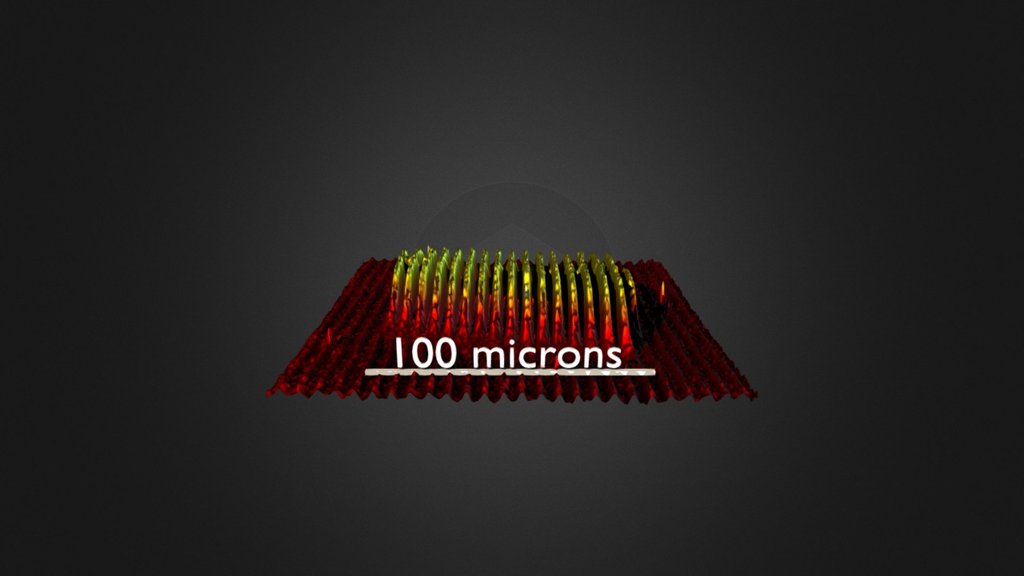
Lines 3D
sketchfab
Creating a three-dimensional image of printed polymer lines using ellipsometry techniques requires careful consideration of various factors. First and foremost, selecting the right materials for the experiment is crucial. The choice of polymer and substrate can significantly impact the accuracy and clarity of the resulting image. To begin, a high-quality optical setup must be designed to capture precise measurements of the polymer lines. This involves using advanced instrumentation such as spectrometers and interferometers to gather detailed data on the optical properties of the material. Once the data is collected, sophisticated algorithms can be applied to reconstruct a three-dimensional representation of the printed lines. However, achieving accurate ellipsometry results also demands meticulous attention to detail in terms of experimental conditions. Temperature control, humidity levels, and other environmental factors must be carefully managed to ensure consistent measurements. Furthermore, precise calibration of the instrumentation is necessary to eliminate any systematic errors that could compromise the accuracy of the final image. Ultimately, successfully creating a three-dimensional ellipsometry image of printed polymer lines relies on combining cutting-edge technology with meticulous experimental design and execution. By doing so, researchers can gain valuable insights into the properties and behavior of these materials, opening up new avenues for innovation and discovery in fields such as nanotechnology and materials science.
With this file you will be able to print Lines 3D with your 3D printer. Click on the button and save the file on your computer to work, edit or customize your design. You can also find more 3D designs for printers on Lines 3D.
